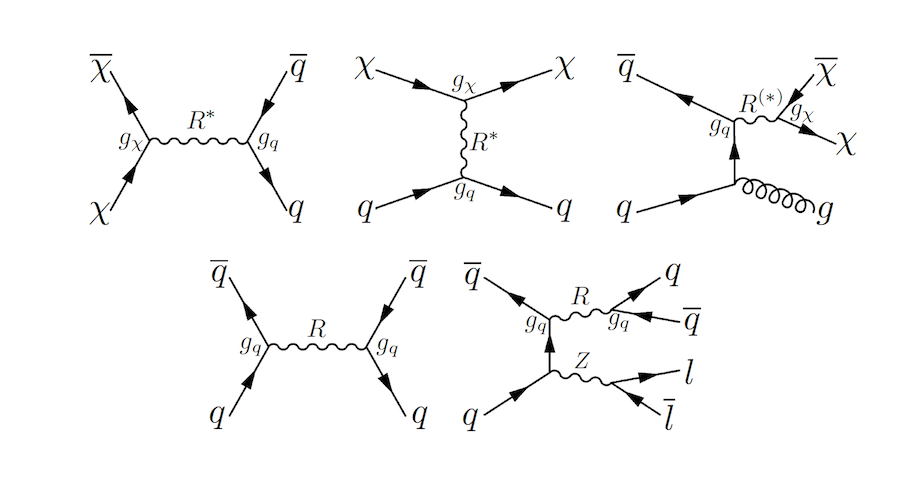Speaker
Elias Bernreuther
(RWTH Aachen University)
Description
Strongly interacting dark sectors predict dark showers, which give rise to novel LHC signatures such as semi-visible jets. However, these are difficult to search for with conventional analysis techniques. In my talk I will first consider the sensitivity of existing and prospective LHC searches to semi-visible jets and then discuss how deep learning can help to distinguish dark showers from background. I will compare different network architectures and show that dynamic graph convolutional networks are particularly well suited to this task. I will then demonstrate that a deep-learned dark shower tagger can strongly improve the sensitivity of existing and prospective searches.
Author
Elias Bernreuther
(RWTH Aachen University)
Co-authors
Mr
Thorben Finke
(RWTH Aachen University)
Felix Kahlhoefer
(RWTH Aachen)
Michael Kramer
(Rheinisch Westfaelische Tech. Hoch. (DE))
Alexander Mueck
